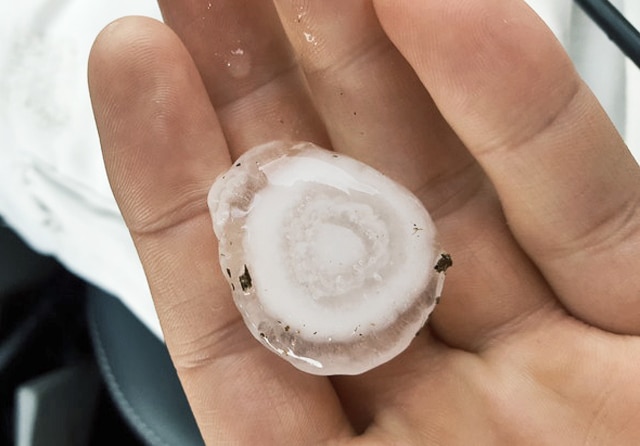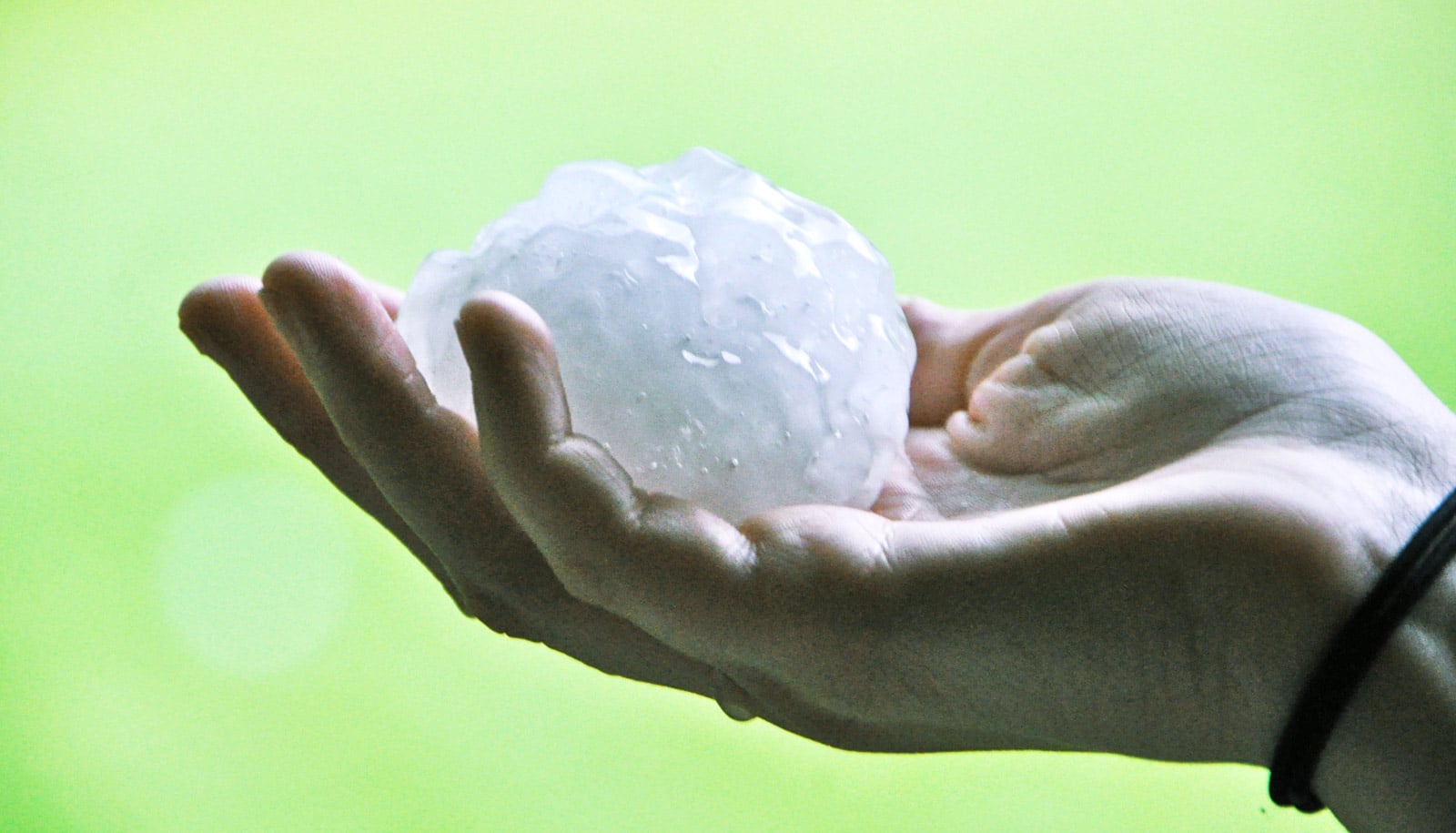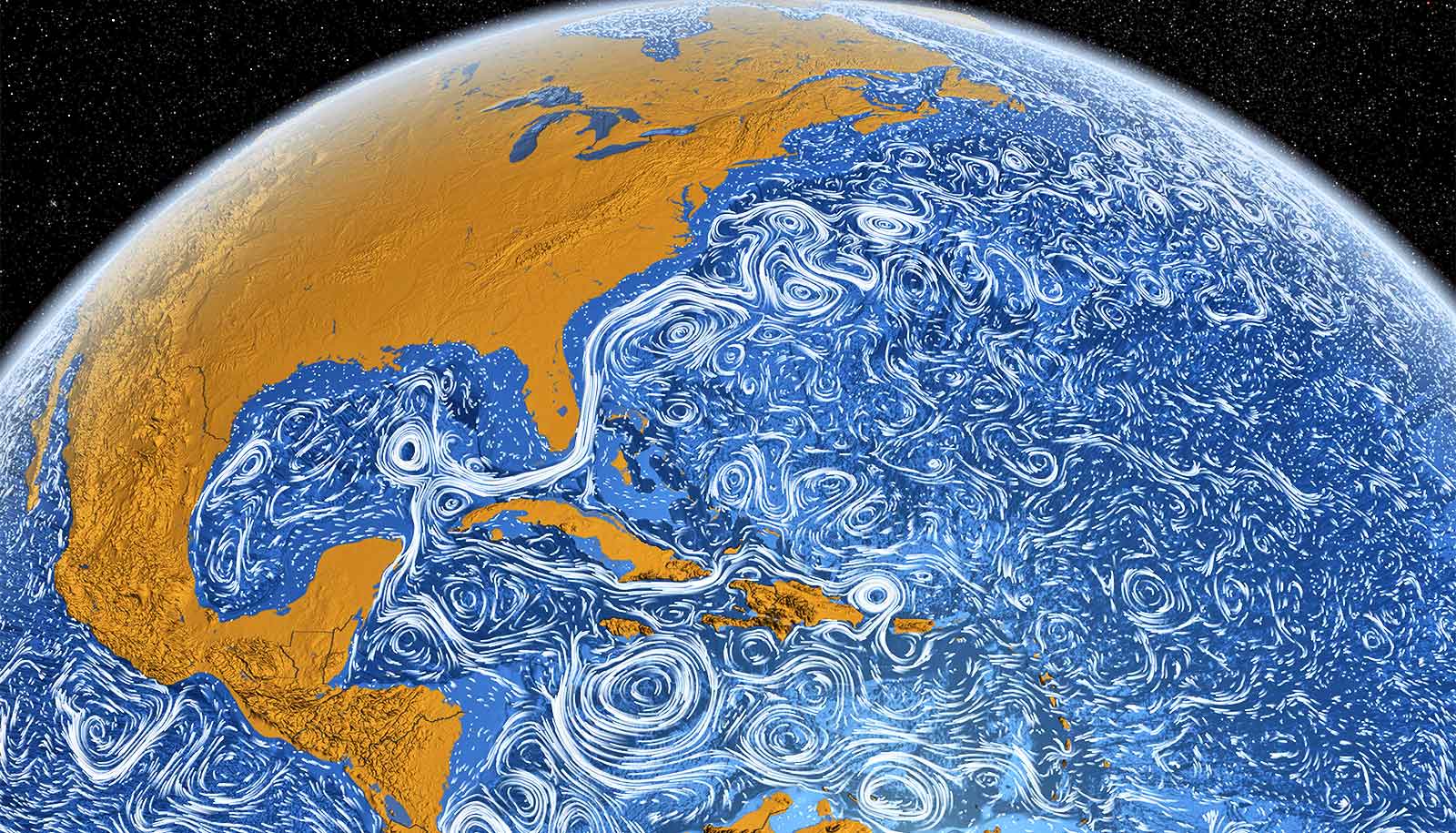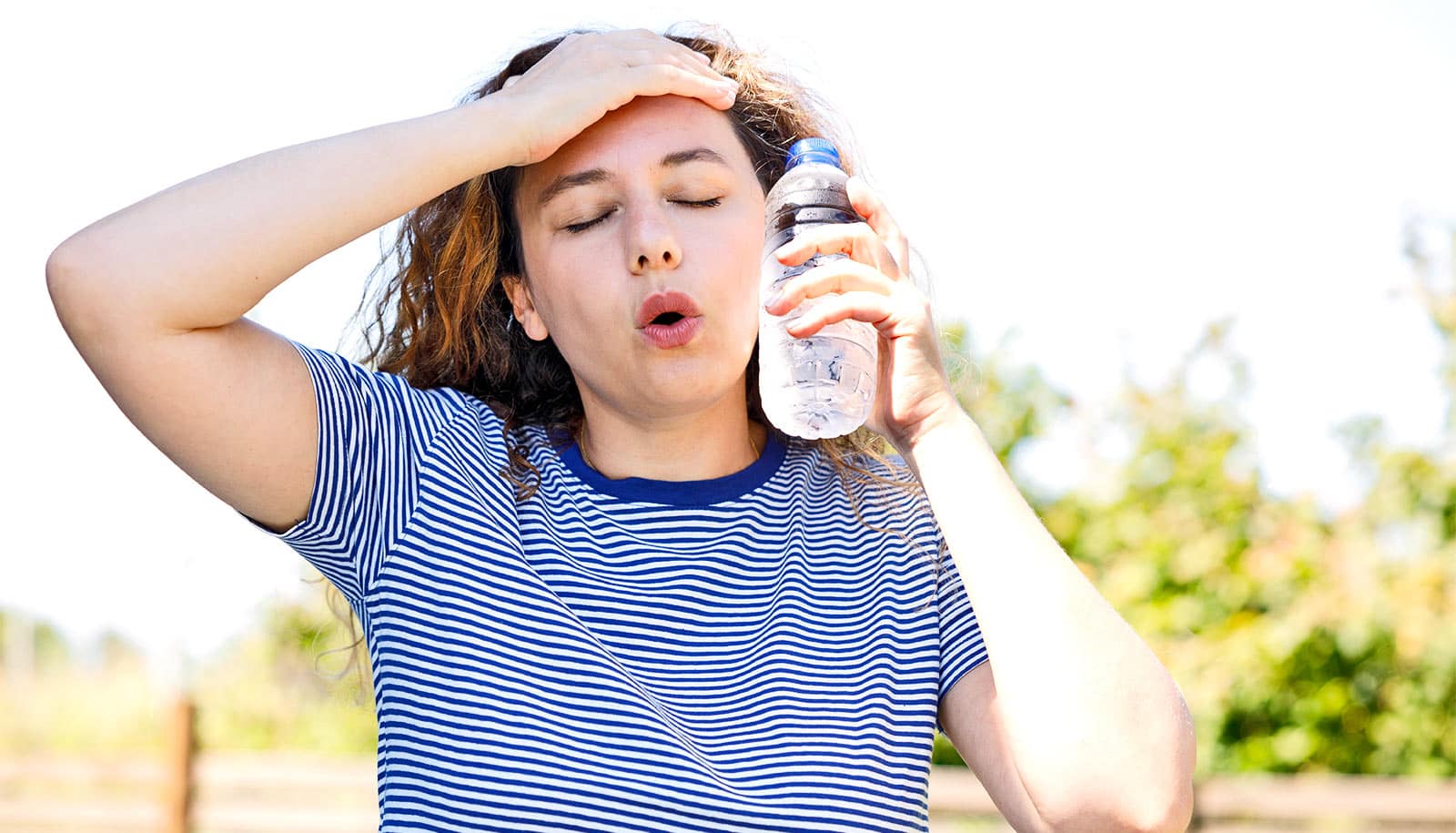Strong updrafts—currents of rising air—in severe thunderstorms are a prerequisite for hail formation. The width of these updrafts may be an indicator of an increased hail threat, according to meteorologists.
“Hail can have significant socioeconomic effects on communities,” says Matt Kumjian, assistant professor of meteorology and atmospheric science in the College of Earth and Mineral Sciences at Penn State who has been investigating environmental factors that lead to enhanced hail production.

According to the insurance industry, hailstorms in the United States account for more than $1 billion in damage annually, wreaking havoc on homes, businesses, automobiles, aircraft, and agriculture. Recently, these damage totals have increased as people move into hail-prone regions. On April 12, 2016, a supercell storm devastated the San Antonio metropolitan area with large hail, producing approximately $1.36 billion in damage.
“It’s important for meteorologists to understand what contributes to hail formation and hail growth so that we can predict which storms might pose a more dangerous hail threat,” says Kumjian. “This would allow us to potentially mitigate the risk of these storms.”
New research that Kumjian and Eli Dennis, graduate student in meteorology, published in the Journal of the Atmospheric Sciences, suggests that changes in environmental vertical wind shear influence the growth of “significant” hail—bigger than two inches in diameter. Vertical wind shear is the variation in wind speed or direction from the bottom to the top of a layer in the atmosphere. The greater the difference in speed and/or directionality, the greater the shear.
Frozen raindrops
Hail forms when small particles like frozen raindrops—hail embryos—are ingested into a storm’s updraft. Once they rise in the updraft, the embryos grow as additional liquid water freezes onto them.
As the hailstones become larger, they require stronger updrafts to support their weight. If the updraft is too weak, the hailstones will fall out of the storm and down to the ground.
“Stronger updrafts allow for the hail to become much bigger in size,” Kumjian says. “However, there’s more to the story. The storm’s structure is perhaps a more important determinant of hail production, but how the environment alters the structures conducive to hail growth and pathways that embryos may take is uncertain.”
Lightning adds missing info to storm forecasts
Previous research into how environmental factors affect hail formation is limited, so Kumjian took a different approach.
“We decided to focus just on environmental wind shear’s role in hail production, because that’s something that nobody has ever done,” Kumjian explains. “We thought there might be a link to be found.”
Supercell storms
Kumjian’s team conducted its research by using computer simulations to create supercell storms and adjust the amount of wind shear in the storms’ environments.
“Our software allows us to create the ideal conditions for supercell storms,” he says. “From there, we can change wind shear to see the effects on hail growth in each case.”
Aerosols in clouds make big storms huge
Kumjian’s research turned out to be successful in understanding what contributes to hail formation.
“By increasing the magnitude of the wind shear in the environment, we found that there is a statistically significant change in the amount of hail that’s produced, even with the same updraft strength,” he says. “The key factor was that updrafts were broader in cases with increased shear, leading to a larger volume of the storm that was favorable for hail growth.”
Kumjian’s research could prove to be crucial in forecasting which storms are most likely to have hail that could be damaging to people and their property. However, he wants to analyze the outcomes of changing other variables within the storms before jumping to any conclusions.
“Our initial results have been very encouraging, and I think we’re just scratching the surface when it comes to hail growth research,” says Kumjian. “I’m excited to see where we go from here.”
The Insurance Institute for Business and Home Safety supported this research.
Source: Penn State



